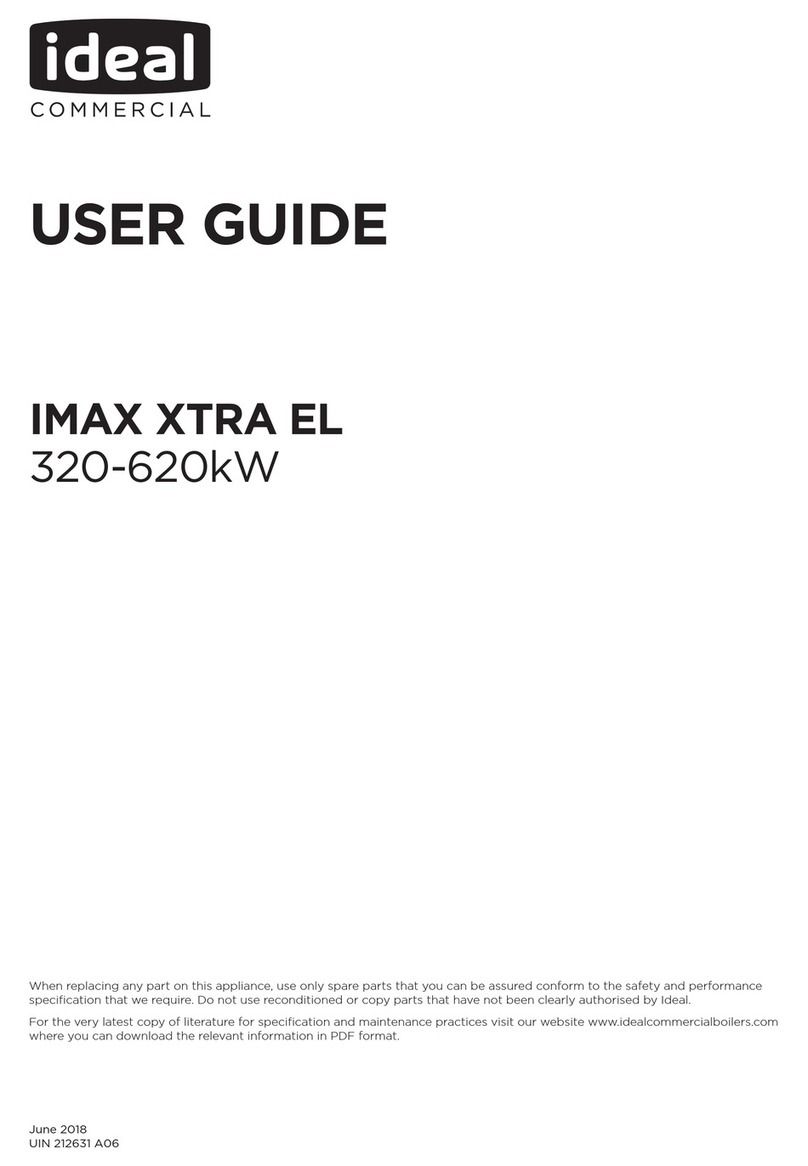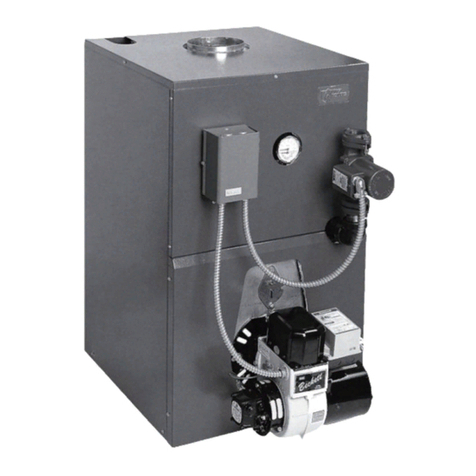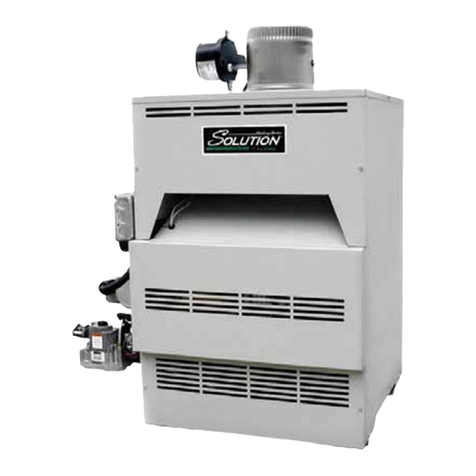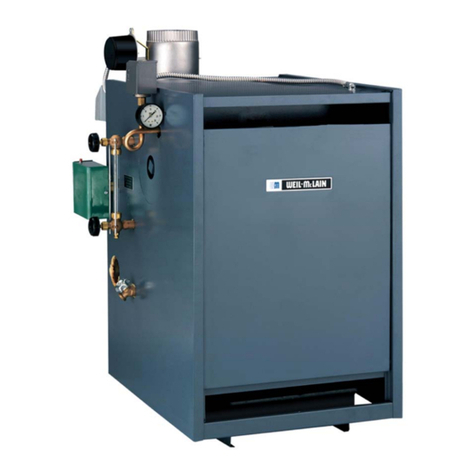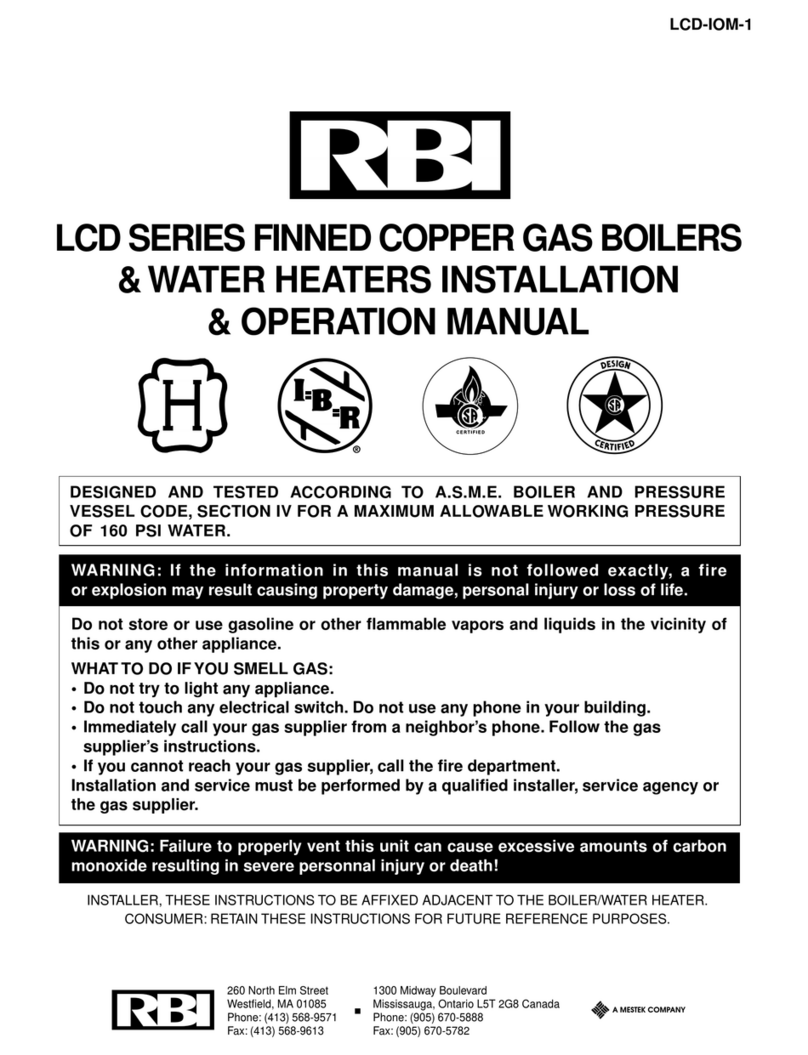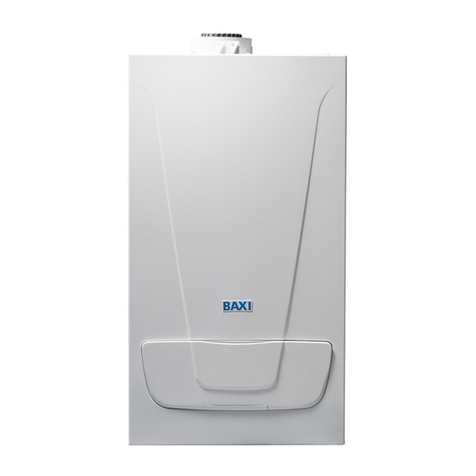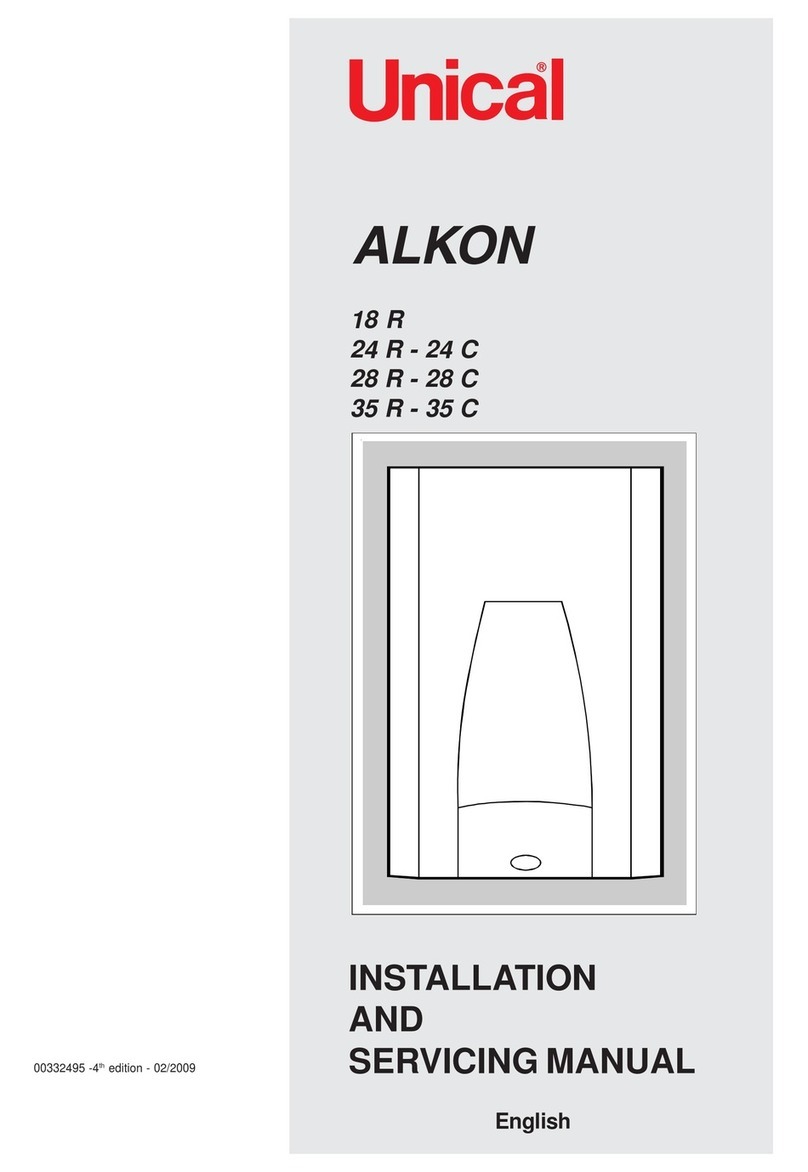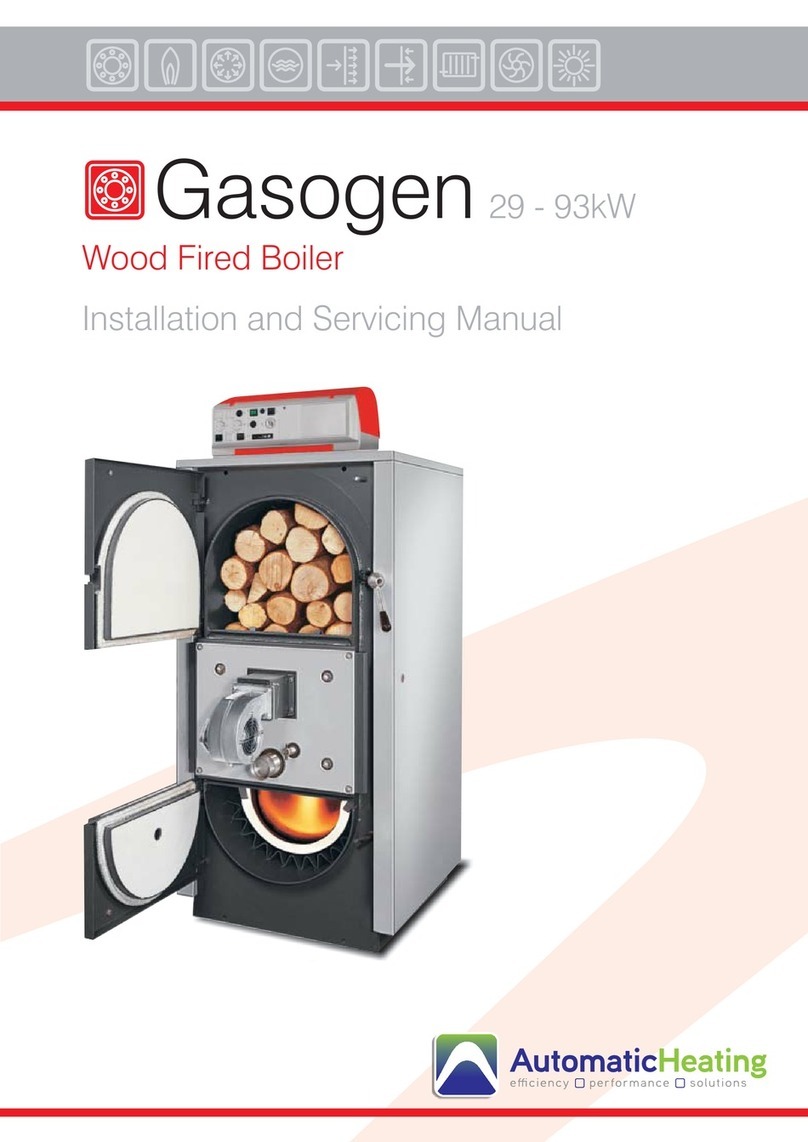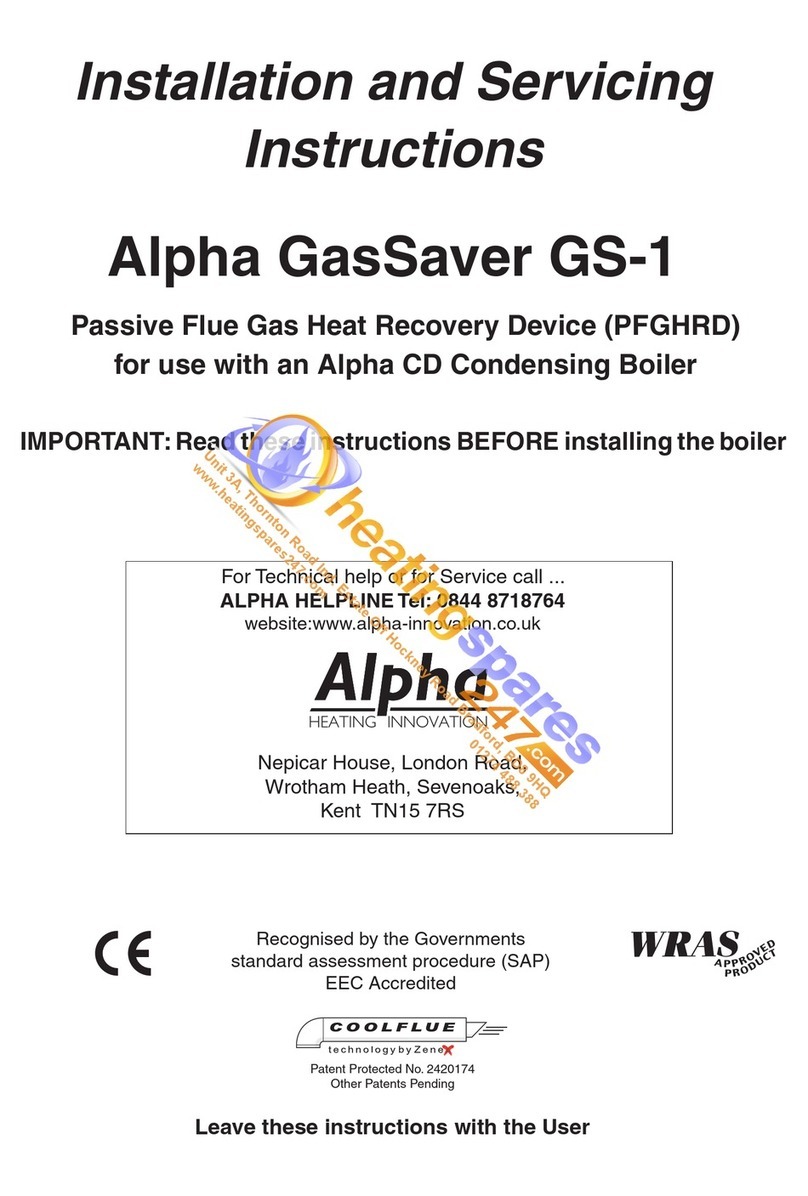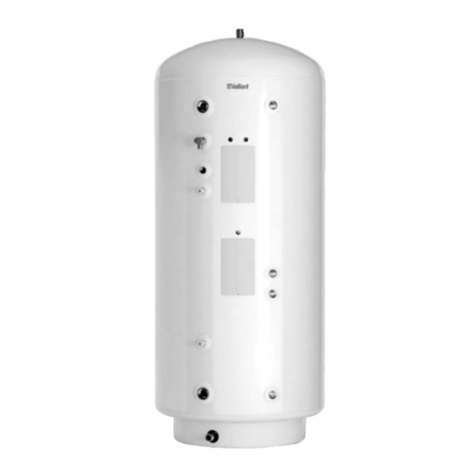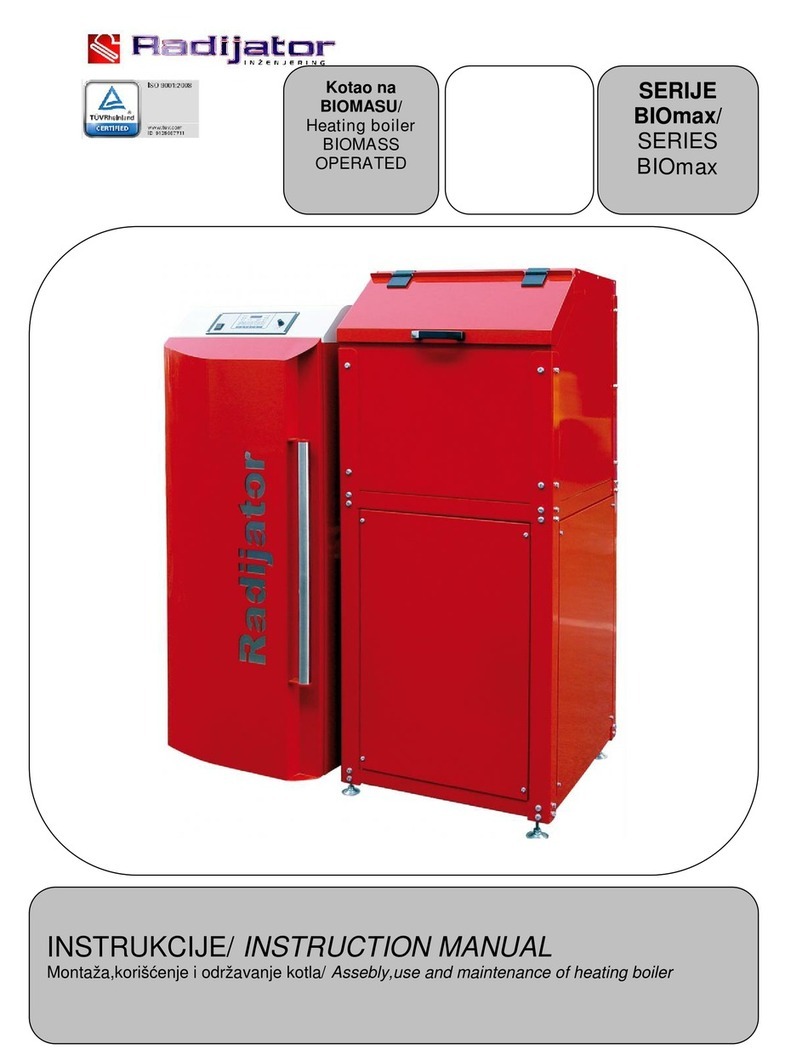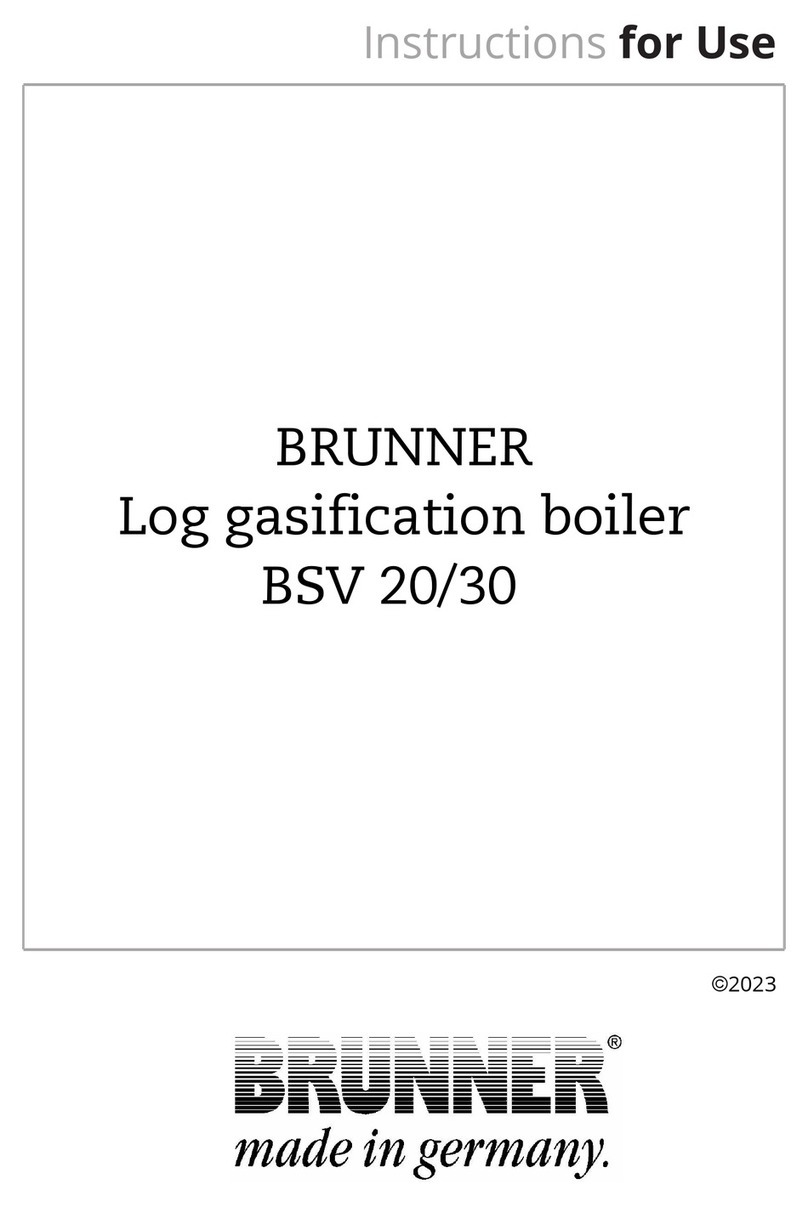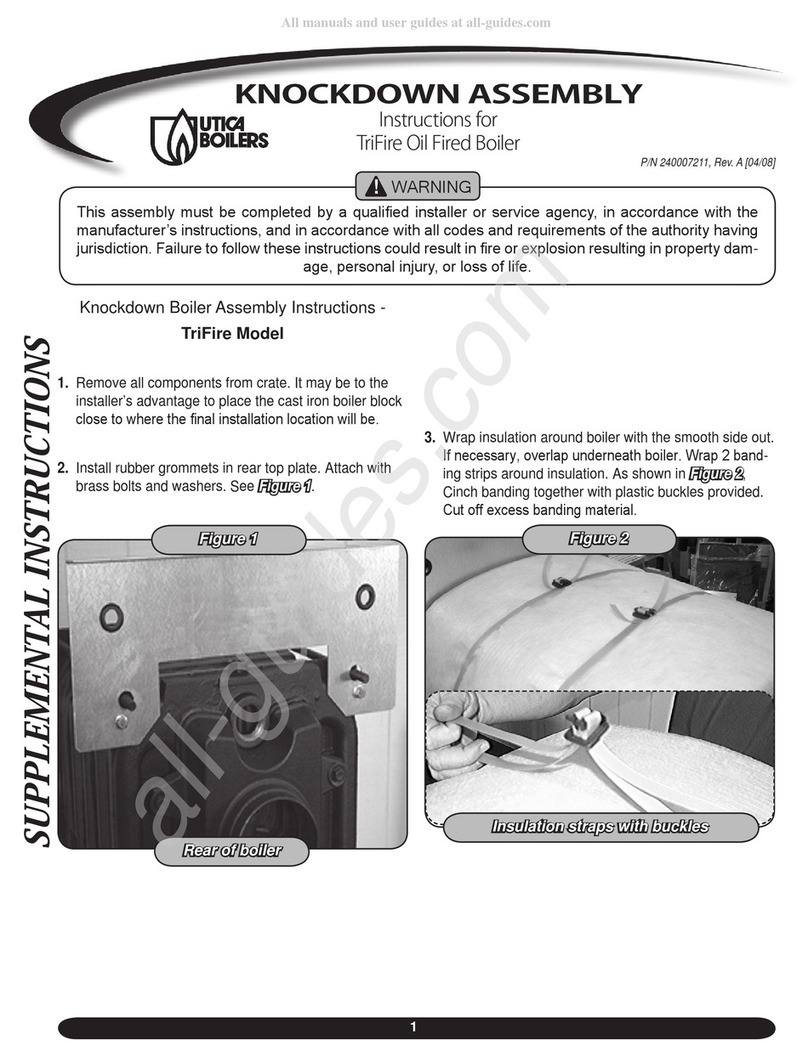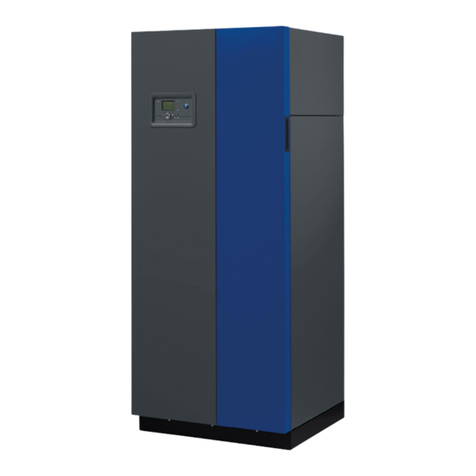
Page 8 / 146 00BNO9061-L
VARMAX - Installation, Use and Maintenance
1.5.2. Protecting the unit against scaling
Water naturally contains dissolved calcium ions and carbonates that cause
scaling (calcium carbonate) to form. To prevent excessive deposits, take
precautions with regard to the water used to fill the unit TH < 10°f
Water must be added during the life of the boiler. The new water adds scaling
to the water system. The amount of fill water and the amount of make-up
water added throughout the unit's lifecycle must not be more than three times
the water capacity of the heating system. Also, the hardness of the make-up
water must be controlled. Make-up water: TH < 5°f
Adding a large amount of untreated water always contributes a significant
amount of scaling. To monitor this and to detect problems, a system water
meter must be installed.
Failure to comply with these guidelines (such that the fill water plus the make-
up water is more than three times the water capacity of the heating system)
requires a full cleaning (to remove sludge and scaling) to be performed.
Additional precautions are required for operation:
- When the unit has a water softener, the equipment must be inspected
on a regular basis in order to ensure that it is not outputting chloride-
rich water into the system. The concentration of chlorides must always
remain below 50 mg/litre.
- To prevent the build-up of calcium deposits (such as on exchange
surfaces), the unit should be brought into service slowly, starting by
operating at a low power with high primary water flow.
- When the tap water lacks the desired qualities (e.g. high level of
hardness), water treatment is required. The fill water must be treated,
and whenever new water is added, the make-up water must also be
treated.
- Installations with multiple boilers require all of the boilers to be started
simultaneously at minimal power. Doing this prevents the calcium in the
water from depositing on the exchange surfaces of the first boiler.
- When working on the unit, avoid draining it completely; only the required
parts of the system are to be drained.
The rules listed above are designed to minimise scaling on the exchange
surfaces and thus to increase the life of the boilers.
To optimise the equipment's operation, remove lime scale deposits. This
must be done by a specialised company. Also, before putting the unit into
service, verify that the heating system is not damaged (e.g. leaks). If it has
excessive scaling, the unit's settings for operation and for water treatment
must be adjusted.
1.5.3. Protecting steel and stainless steel boilers against corrosion
Corrosion can affect the iron components used in boilers and heating
systems, which is directly related to the presence of oxygen in the water
heater's water. Dissolved oxygen that enters the unit when it is being filled
for the first time reacts with the equipment materials and quickly disappears.
Without refreshing the oxygen through significant contributions of water, the
unit might not experience any damage whatsoever.
However, it is important to follow the sizing rules and installation guidelines
in order to prevent oxygen from continuously flowing into the heating water.
